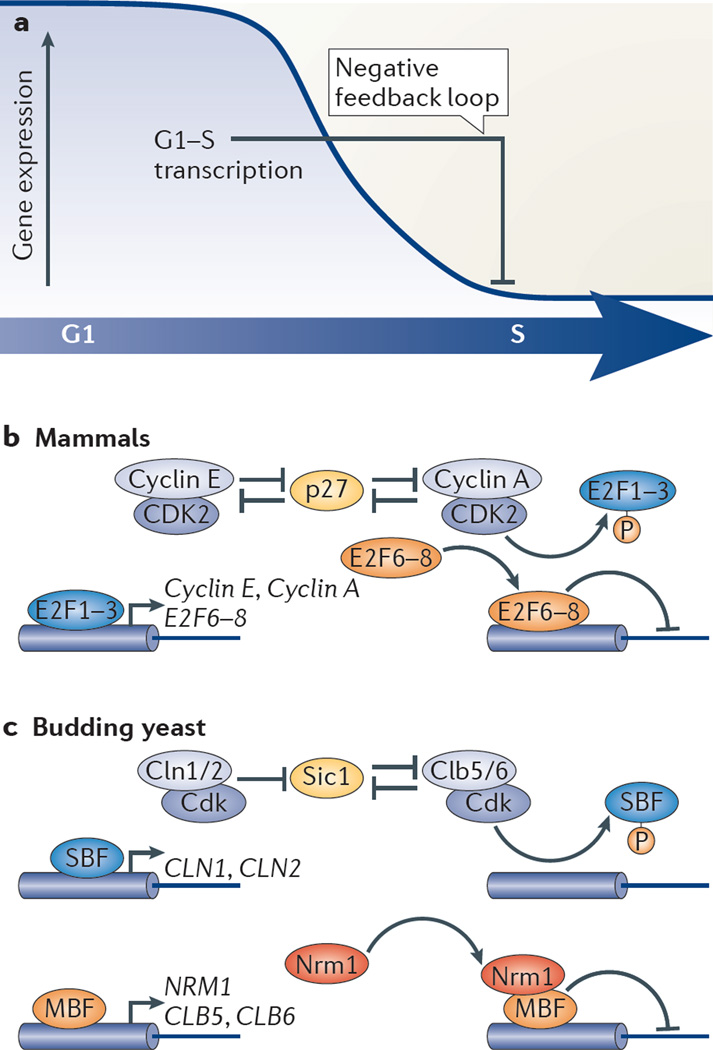Figure 2. G1–S transcriptional repression.
a | Inactivation of E2F-dependent cell cycle transcription involves multiple negative feedback mechanisms. b | In mammalian cells, G1 cyclin–cyclin-dependent kinase (CDK) (cyclin E–CDK2) together with S phase cyclin–CDK (cyclin A–CDK2) targets the S phase cyclin-specific inhibitor p27 for degradation. The subsequent increase in CDK2 activity results in phosphorylation and release of the activator E2F1, E2F2 and E2F3 transcription factors from gene promoters, thus inactivating transcription. In addition, the E2F targets E2F6, E2F7 and E2F8 accumulate when cells progress to S phase, and they repress transcription when bound to target promoters. The negative feedback mechanism involving the E2F target S phase kinase-associated protein 2 (SKP2), which has a role in targeting E2F1 for degradation via the SCF (SKP2–cullin 1–F-box protein) ubiquitin ligase pathway, has been omitted for simplicity. c | Activation of G1–S transcription in budding yeast results in the accumulation of ~300 gene products, including Nrm1, Cln1, Cln2, Clb5 and Clb6. Some of these proteins are directly or indirectly involved in turning off transcription, thereby forming a negative feedback loop. Cln1–Cdk and Cln2–Cdk prime the Clb–Cdk-specific inhibitor Sic1 for Clb-Cdk phosphorylation, which targets it for degradation (not shown). Clb–Cdk-dependent phosphorylation of SBF (SCB-binding factor) components releases SBF from promoters, and this leads to the inactivation of transcription. MBF (MCB-binding factor)-dependent transcription is inactivated through binding of the MBF-associated co-repressor Nrm1.

